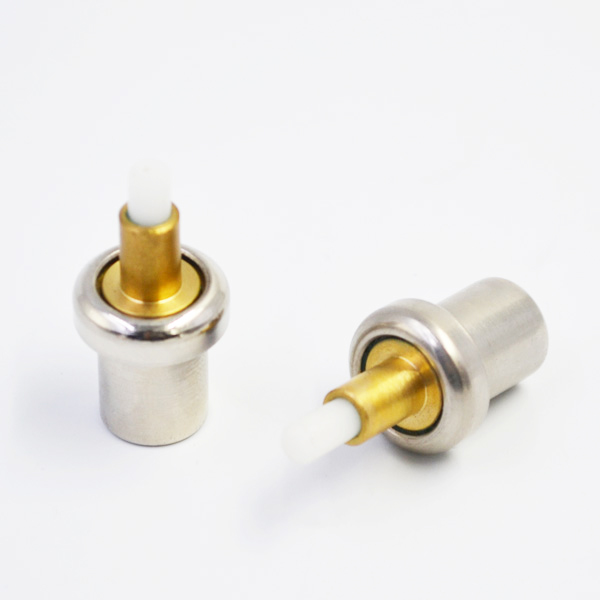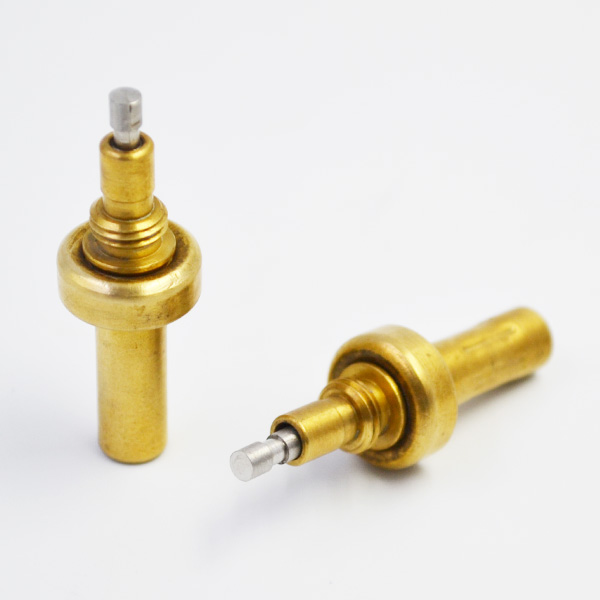Aiming at the problem of inaccurate, time-consuming and inefficient intensity control of traditional sports training, the design of intelligent distribution controller of intensity of sports training based on signal discrimination calculation is proposed. Intelligent control module is introduced, relying on Intelligent contacts and wireless transmission technology, signals are sent to intelligent module terminals, communication adapters are set to mediate signal data, multi-level signal calculation is realized, signal discrimination calculation method is introduced, and intelligent distribution control of sports training intensity is completed.
The simulation results show that, compared with the traditional motion training intensity controller, the improved motion intensity controller improves the control accuracy and efficiency, reduces the time-consuming and has certain advantages. With the continuous development of science and technology, the use of high-tech to improve athletes’training level has become the mainstream of sports training, so the intensity distributor of sports training has been widely used. Traditional motion training intensity allocation controller can complete the distribution of motion intensity [1?2].
But it has the problems of complicated setting parameters, low resolution efficiency and unclear node data [3?4]. Based on the above problems, the design of intelligent distribution controller of training intensity is proposed. Motion Intelligent Distribution Controller, using intelligent contact device, pastes on the athletes’body, obtains the key information of athletes’ position and motion intensity through induction chip, transmits it to the terminal of intelligent module through wireless transmission, and realizes the key data control of multi-points through multi-level calculation of intelligent control module. Intelligent integration technology and integrated control module are used to complete data connection and computer three-dimensional display. Finally, the design of intelligent motion distribution controller is realized. The Intelligent Distribution Controller of Sports Training Intensity provides scientific training data for athletes to improve their performance. The simulation results show that the designed motion intelligent allocation controller solves the shortcomings of the traditional allocator, realizes the data connection between the individual and the computer, makes the operation simpler and the allocation control results more accurate. Intelligent contacts are data collectors attached to the training athletes. First of all, it should ensure that the quality is light and the transmission is accurate, which can not hinder the normal training of athletes. The designed intelligent contacts are mainly composed of three parts: somatosensory chip, transmission chip and bonding layer. The somatosensory chip can determine the training athletes’spatial position, three-dimensional coordinates, as well as the strength and strength of the body.
The transmission chip can connect the intelligent module, send the data of the somatosensory chip to the intelligent module through wireless transmission technology, and realize the design of the distribution controller through the connection between the intelligent module and the computer. The schematic diagram of its intelligent contacts is shown in Figure 1. Intelligent module mainly includes: key node calculation, location information calculation, athletes’behavior calculation and other multi-layer computer mechanisms [5]. The frame diagram of its intelligent module is shown in Figure 2. Athletes are trained to paste intelligent contacts, which are connected with intelligent modules through connection mechanism to realize wireless transmission. The wireless transmission of intelligent contacts adopts SEP protocol [8]. Through the single source signal amplifier device, the transmission signal is modulated and amplified, and the clutter generated in the transmission process is eliminated by the filter system. The generation of SEP transport protocol is shown in Figure 3 [9]. Through fixed data connection channel, high frequency discrimination signal reception is completed. Athletes can also transmit data quickly and accurately when they are far away from the equipment, which can be clearly displayed on the personal computer. In order to realize demodulation quickly, configuration parameters need to be set [10]. Intelligent module mediation mechanism can identify the transmission resolution efficiency.
If the resolution efficiency drops sharply, intelligent module mediation can call relevant components to carry out capacity expansion calculation, but it requires higher requirements for personal portable computers, reduces the operation content and CPU configuration, and the theoretical calculation speed will fluctuate within a certain range. Based on the establishment of intelligent contacts and intelligent modules, relying on wireless transmission technology and connection mechanism, the design of intelligent distribution controller for sports training intensity is realized.

The schematic diagram of the intelligent distribution controller is shown in Fig. 4. Athletes’training situation is acquired by the intelligent contacts sticking to their bodies. The intelligent contacts are based on SEP protocol, which can transmit data wirelessly in a fixed channel, and can ensure the integrity and clarity of the data. Through the integration of intelligent modules, it is connected to the COM port of personal portable computer.

Acquisition of training data of athletes is realized, and comprehensive analysis of action data is carried out through calculation of intelligent module. In order to verify the node control ability, resolution efficiency and actual operation of the intelligent allocation controller of training intensity designed in this paper, the controller node experiment, controller resolution efficiency experiment and practical operation experiment are carried out respectively.
The experiment is divided into two parts: the first part is the simulation test, which verifies the operation ability of the intelligent motion controller through the experiment of the distinguishing efficiency between the controller node and the controller; the second part verifies the operation effect of the intelligent motion controller through the practical operation experiment. Among them, the configuration requirements for personal portable computers are Windows 7/Windows XP, 8 GHz 64?Bit dual-core processor, 8 GB system memory, 1 TB solid-state hard disk partition, 8 GB display of I Game GTX1070 graphics card, DVD?R/W optical drive. Resolution Efficiency Experiment (REE) is an experiment to verify the resolution accuracy and efficiency of motion allocation controller. The speed of resolution efficiency affects the operation ability of the controller.

The resolution efficiency is expressed by REE.
The REE quantization value less than 60% represents that the resolution accuracy of the data controller is not high and the operation is slow. The REE curve of the controller resolution efficiency is shown in Fig. 5. According to the REE curve of the controller’s resolution efficiency, the REE value of the intelligent motion allocation controller is 62.7% when the data amount is 300,000. The REE value of the intelligent motion allocation controller is 76.2% when the REE value is lower than that of the previous one. The intelligent module mediation mechanism is used to realize the REE value of the intelligent motion allocation controller at the next monitoring point. Under the condition of intelligent module mediation mechanism, the intelligent motion allocation controller can run with high precision and efficiency. Traditional motion allocation controllers have no intelligent mediation mechanism. With the increase of experimental data, the overall downward trend is shown. When the data amount exceeds 400,000, the controller runs slowly and has low resolution. Through the experiment of the resolution efficiency of the controller, the intelligent motion allocation controller is obtained. By using the intelligent module mediation mechanism, the running resources are redistributed, so that the controller can run efficiently and accurately, thermostatic element and the shortcomings of the traditional motion allocation controller are solved. Through the establishment of intelligent contacts and intelligent modules, the module mediation mechanism is completed, and the design of intelligent motion distribution controller is realized by the interconnection of computers. Through the experiments of controller node, controller resolution efficiency and the analysis of athletes’performance, it is concluded that the designed intelligent motion allocation controller has high resolution efficiency and precise node control ability.
